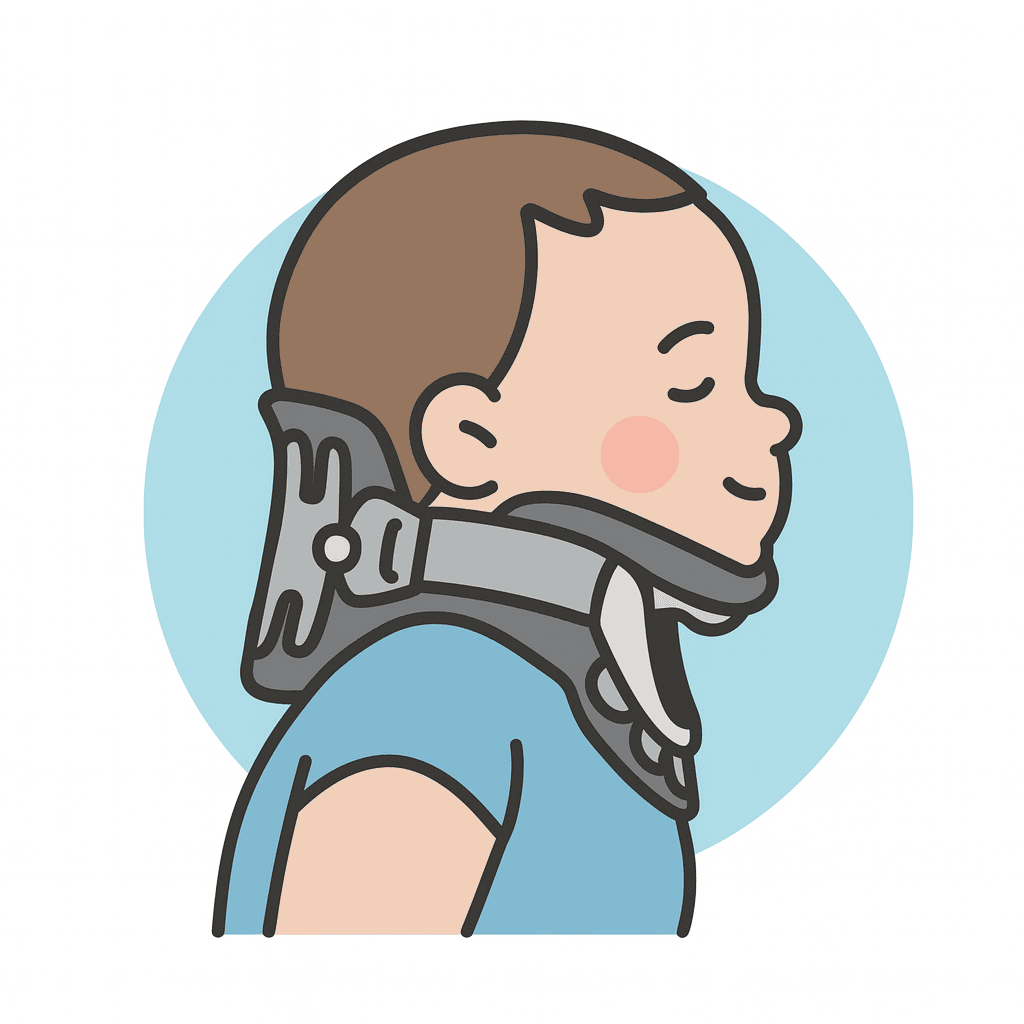Introduction
Cervical spine injury is one of the most lethal problems for pediatric patients. It is because of growth patterns. However, there is good news— this injury is rare, accounting for 1-2% cases globally.
Since injury can occur, healthcare workers are always ready to combat such cases, especially in cases of blunt trauma. Children’s anatomy is different from adults’ and makes them more prone to injuries and fractures.
Pediatric Cervical Collar stands out as one of the most crucial options for pediatric patients. Today, we will discuss the pediatric cervical collar and understand how it can help save patients from spinal cord injury.
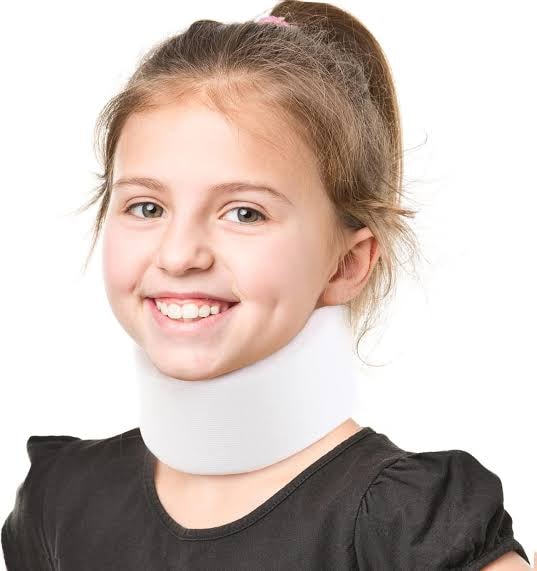
What is pediatric cervical spine injury?
Before you understand cervical spine injury, know what the spinal column is. Our whole spine has 33 vertebrae.
Out of which, there are seven vertebrae in the neck, which are called the cervical vertebrae.
Any injury hitting the neck region and causing damage or fracture of the cervical vertebrae is part of the cervical spine injury.
There are different mechanisms of injury in children. For example:
- In children under 2 years old, motor vehicle collisions (MVCs) are the leading cause.
- In children under 2–7, falls and pedestrian injuries become more common.
- After age 8, sports injuries and recreational accidents rise sharply.
Why is treating the cervical region more critical?
Usually, the whole spine and intervertebral discs are crucial to manage in prehospital settings, but we take cervical injuries seriously because spine injury can cause:
- Spinal cord injury
- Midline tenderness
- Reduced range of motion
- Neurological deficits
Children might not grow adequately and lose motor functions due to a spinal cord injury.
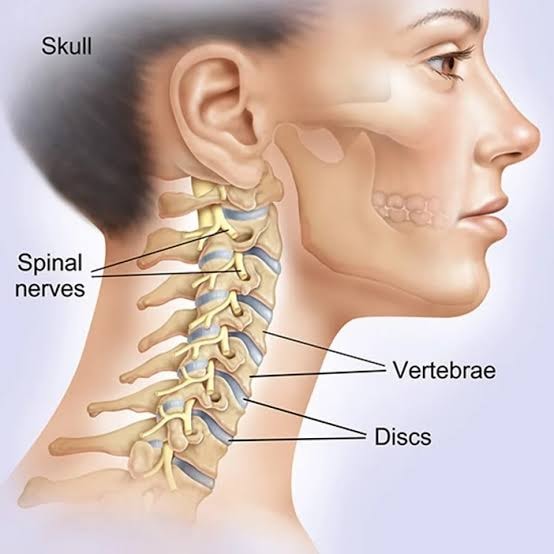
Components of a pediatric cervical Collar
A Pediatric Cervical Collar is an immobiliser that fixes the spine in place and avoids further damage by restricting unnecessary spine movements.
Remember, the pediatric cervical collar is different from the adult in several settings. For example:
- Soft padding for sensitive skin
- Adjustable straps for a customized fit
- Smaller, contoured design to cradle the neck gently
- Availability in five sizes
We have listed three significant components of a pediatric cervical collar.
Back Panel
The back panel is the main structural support. It stabilizes the posterior aspect of the neck and prevents any motion.
Occipital Support Strap
The occipital support strap ensures better outcomes for the patients and avoids skull damage. It gets fixed on the back of the head or occiput and confirms spinal motion restriction in blunt trauma.
Padding
It seems an additional component, but plays a crucial role. For instance, it provides soft, removable pads to reduce discomfort, protect the skin, and maintain the hygiene of the pediatric patients.

Advantages of Using a Pediatric Cervical Collar
A pediatric collar is nothing less than a magic for children and patients, which allows them to prevent advanced injuries to the brain and ligaments.
There are a few critical benefits of a pediatric collar in pediatrics.
Prevents secondary injury
Primary injury is the instant result of the trauma. In pediatric blunt trauma patients, cervical spine injury can expand and lead to the compression of the spinal cord only due to backward and forward movements.
It results in:
- Patients might have a loss of sensation at the level of compression.
- Cervical spine injury leads to respiratory depression.
- There is a loss of movement below the level of injury.
Thanks to the pediatric collar that immobilizes the pediatric cervical spine and prevents secondary injury to the spinal cord or brain.
Adapted to pediatric anatomy
Pediatric anatomy is different from that of adults. The size of the pediatric cervical spine is smaller compared to that of an adult because of the early growth stages of the cervical spine.
Therefore, you can get better compatibility with the children. Here are a few features of the pediatric cervical spine collars.
- Larger head-to-body ratio
- Increased ligamentous laxity
- More horizontal facet joints
- Underdeveloped neck muscles
Improves patient care
Patient management is a priority for the health workers. Pediatric cervical spine collar prevents secondary injury and provides immobilization to the users, even though there is more ease with cervical spine clearance when the children go to the hospital.
- Patient bracing and imaging become super easy.
- Neck stability can allow better imaging when the patient is in the X-ray room.
- Assessing injury through X-ray and CT scan helps diagnose properly and improve patients’ health in hospital management systems.
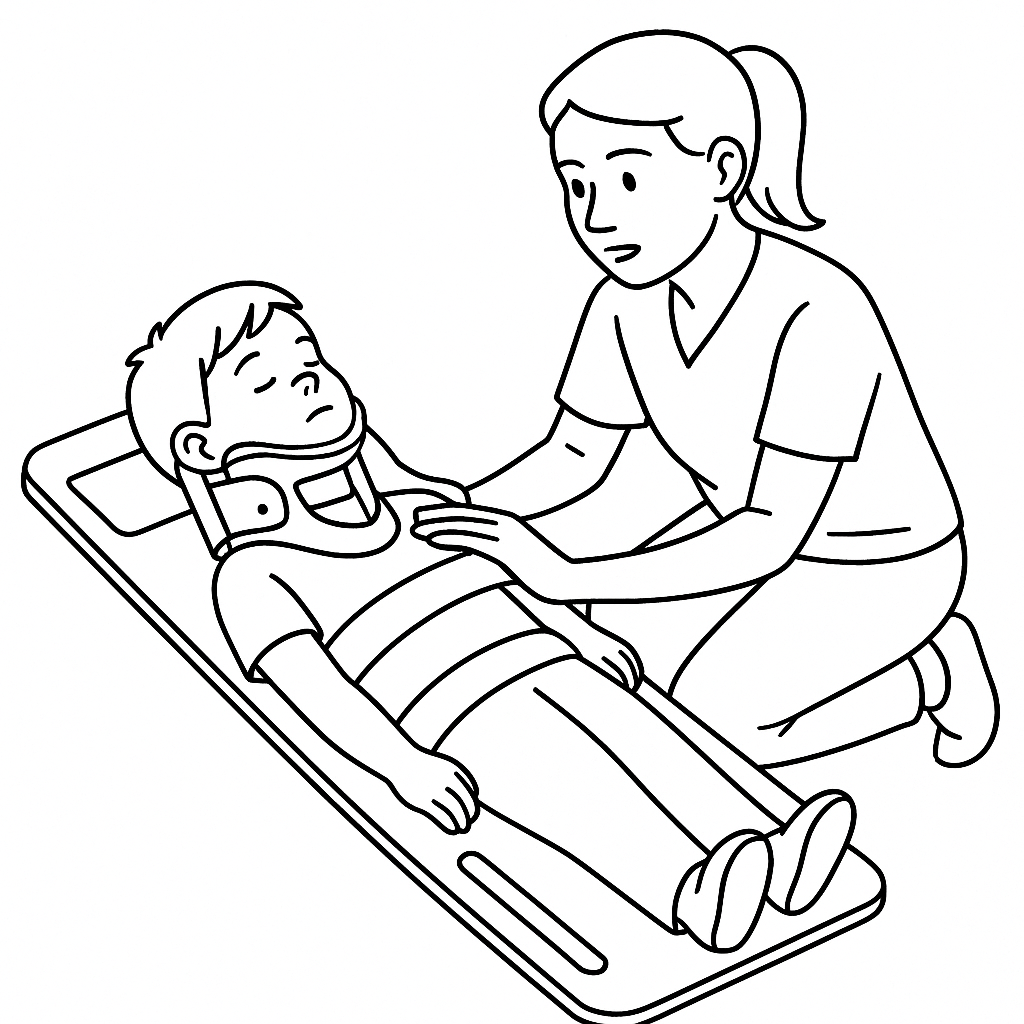
Enhances patients’ comfort
Infants and toddlers need more care and a comfortable environment. The pediatric collar already has the padding that acts as a soft foam to ensure:
- Infants and toddlers are more than protected.
- They are skin clean and avoid infections with the proper skin care.
- There are adequate cushioning pads for the pediatric cervical spine.
Available in more than five sizes
You might be worried if the pediatric collar is suitable for your infants or toddlers. Relax, as there are five sizes for different age groups. You should select the pediatric cervical collar based on your needs and ensure that your cervical immobilization effective.
Pediatric Cervical Collar Sizing Guide
An incorrect pediatric collar is a big problem. It can cause:
- Fail to immobilize the spine
- Cause airway restriction
- Increase pain or skin breakdown
- Lead to improper spinal column alignment
To meet your unique needs, evaluation of cervical collars for different age groups is necessary for proper immobilization. Here is how you should select the right size for the given age groups.
| Age Group | Shoulder-to-Chin Distance | Recommended Collar Size | Reference Source |
| Infant (Newborn) | < 5 cm | Infant / PD1 Size | Aspen PD1, Breg PD1 |
| Toddler | 5 – 8 cm | Pediatric / PD2 Size | Aspen PD2, Breg PD2 |
| Preschool | 8 – 10 cm | Child / PD3 Size | Aspen PD3, Breg PD3 |
| Small Adolescent | 10 – 12 cm | Small Adult / PD4 Size | Aspen PD4, Breg PD4 |
| Adolescent | > 12 cm | Adult / PD5 Size | Aspen PD5, RCH Adult Short |
Step 1: Measure the shoulder-to-chin distance
First, get the collar height. The right way for proper bracing and imaging depends on the collar size. Measure chin to the distance while keeping the children straight. It gives you collar height.
Step 2: Select the Correct Size from the Available Sizes
Most manufacturers have five sizes of the pediatric collar. You have to select the right one to meet your unique needs.
For example:
- Infant size: Shoulder-to-chin < 5 cm
- Pediatric size: 5–8 cm
- Child size: 8–10 cm
Get the sizing chart from the manufacturer for accuracy.
Step 3: Apply and Adjust
You should first assess the size before finalizing your choice. Take the back panel on the back side of the neck skin and the front panel on the front side.
Apply and adjust until it gets fixed during the trauma.
Step 4: Confirm Alignment and Use
During an injury, you have to align the pediatric collar. Check throughout the usage and confirm the correct size. Ultimately, you’ll get the right size of immobilization collar for trauma needs.
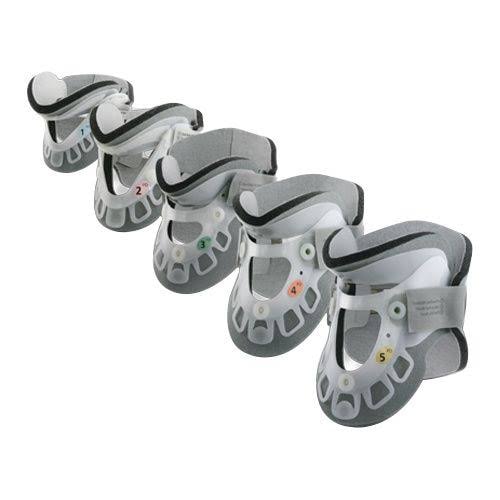
Factors to look for when choosing a pediatric cervical collar
There are a few signs to purchase quality cervical collars.
Correct Size Range
Size should be on your no-compromise list. The wrong size means inaccurate alignment and immobilization. Adjustable collars that cover multiple pediatric sizes can be more versatile.
Material Quality
Materials can incite infections. You should purchase the hypoallergenic and breathable padding for comfort.
Radiolucency
Imaging and X-ray are essential for the patients. You should get those materials that do not interfere with X-rays, CT scans, or MRIs.
Durability
You should pick high-end solutions as they have the ability to withstand repeated cleaning and use. Jiekang Rescue has high-quality rescue products for use.
Conclusion
Whenever you are purchasing a pediatric collar, look at the quality. Also, check the sizes as you might get a mismatched collar, leading to an impact on your children’s health. Consider the age group when buying the cervical collar.
Do you want to purchase some high-quality rescue products? Jiekang Rescue is always at the forefront of helping consumers and patients get the premium quality pediatric collar and other solutions. Moreover, you bet safely on the products and get affordable prices. We hold ISO 13485, CE, and FDA certifications with years of experience in manufacturing cervical collars. Contact us to get our rescue products now!

